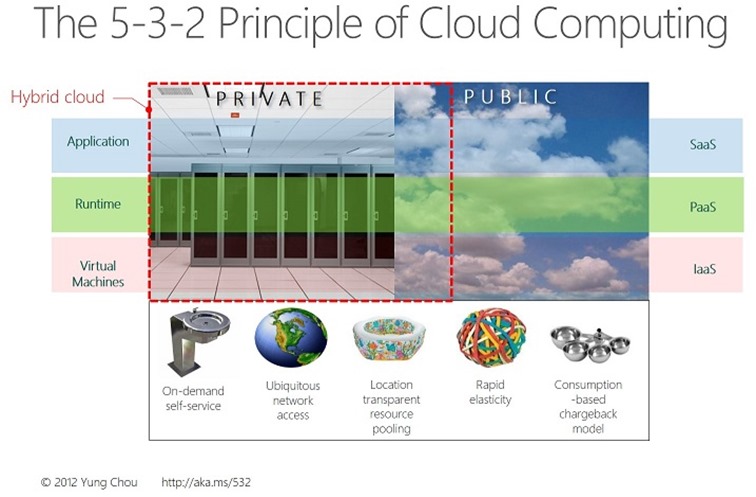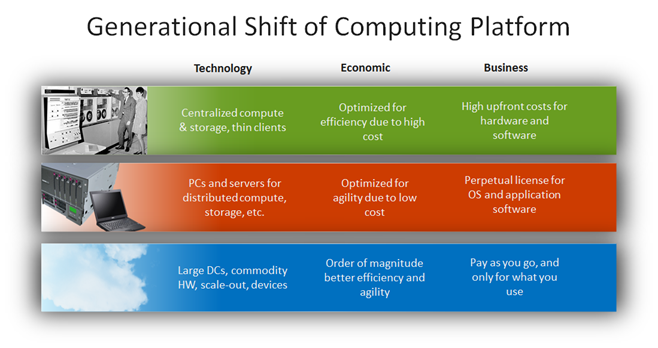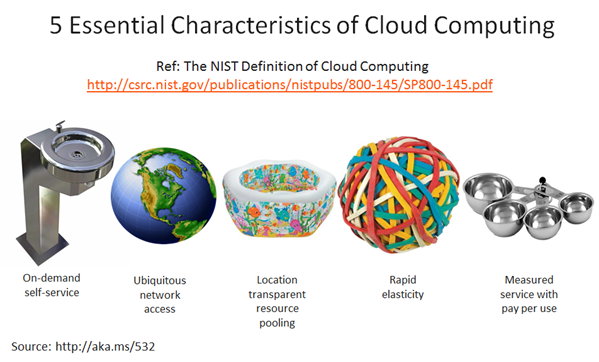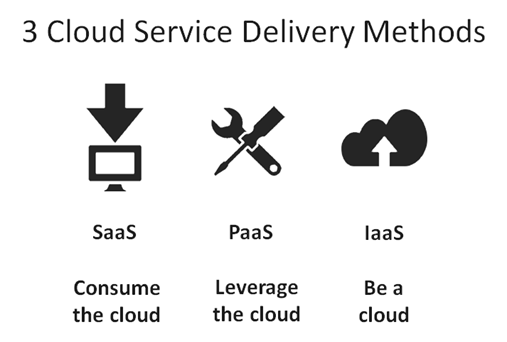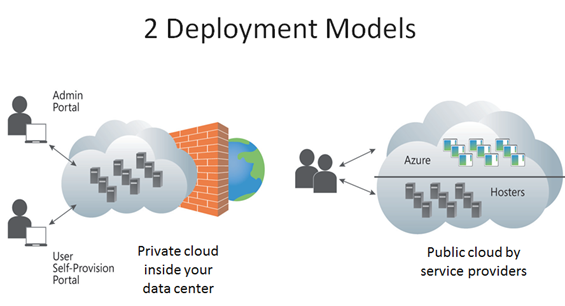Chou’s Theories of Cloud Computing: The 5-3-2 Principle
Notice the 5-3-2 Principle Theory 3 is based on NIST SP 800-145. However the latter categorizes 4 cloud deployment models including public, private, community and hybrid; at the same time the former states two cloud deployment models while considering a hybrid cloud is a private cloud variant and a community cloud is a private cloud of an associated community.
Theory 1: You can not productively discuss cloud computing without first clearly defining what it is.
Cloud computing can be confusing since everyone seems to have a different definition of cloud computing. Notice the issue is not lack of definitions, nor the need for having an agreed definition. The issue is not having a sound definition to operate upon. And without first properly defining what it is, a conversation of cloud computing all too often becomes non-productive. And the reason is simple. If one can’t define what it, how can one tell what is good, secure, sufficient or not? Not to mention, cloud computing is a generational shift on how IT manages resources and deploys services. In my view, cloud computing is essentially a set of capabilities applicable to all aspects of IT from acquisitions, infrastructure, architecture, development, deployment, operations, automation, optimization, manageability, cost, et. al. Based on an individual’s background and experience, cloud means different things to different people. Without a clear baseline of cloud computing, miscommunication and misunderstanding should be expected.
Theory 2: The 5-3-2 principle defines the essence and scopes the subject domain of cloud computing.
Employ the 5-3-2 principle as a message framework to facilitate the discussions and improve the awareness of cloud computing. The message of cloud computing itself is however up to individuals to formulate. A system administrator and an application developer may have a very different view of cloud computing. Processes, operations and tasks may be at variance, the characteristics of cloud computing should nevertheless be consistent. Stay with this framework and focus on translating the capabilities of cloud computing into business values to realize the applicability of cloud computing to an examined business scenario.
Theory 3: The 5-3-2 principle of cloud computing describes the 5 essential characteristics, 3 delivery methods, and 2 deployment models of cloud computing.
The 5 characteristics of cloud computing, shown below, are the expected attributes for an application to be classified as a cloud application. These are the differentiators. Questions like “I am running X, do I still need cloud?” can be clearly answered by determining if these characteristics are expected for X.
The 3 delivery methods of cloud computing, as shown below, are the frequently heard: Software as a Service, Platform as a Service, and Infrastructure as a Service, namely SaaS, PaaS, and IaaS respectively. Here, the key is to first understand “what is a service.” All 3 delivery methods are presented as services in the context of cloud computing. Without a clear understanding of what is service, there is a danger of not grasping the fundamentals as to misunderstand all the rest.
The 2 deployment methods of cloud computing are public cloud and private cloud. Public cloud is intended for public consumption and private cloud is a cloud (and notice a cloud should exhibit the 5 characteristics) while the infrastructure is dedicated to an organization. Private cloud although frequently assumed inside a private data center, as depicted below, can be on premises or hosted off premises by a 3rd party. Hybrid deployment is an extended concept of a private cloud with resources deployed on-premise and off-premise.
The 5-3-2 principle is a simple, structured, and disciplined way of conversing cloud computing. 5 characteristics, 3 delivery methods, and 2 deployment models together explain the key aspects of cloud computing. A cloud discussion is to validate the business needs of the 5 characteristics, the feasibility of delivering an intended service with SaaS, PaaS, or IaaS, and if public cloud or private cloud the preferred deployment model. Under the framework provided by the 5-3-2 principle, now there is a structured way to navigate through the maze of cloud computing and offer a direction to an ultimate cloud solution. Cloud computing will be clear and easy to understand with the 5-3-2 principle as following:
